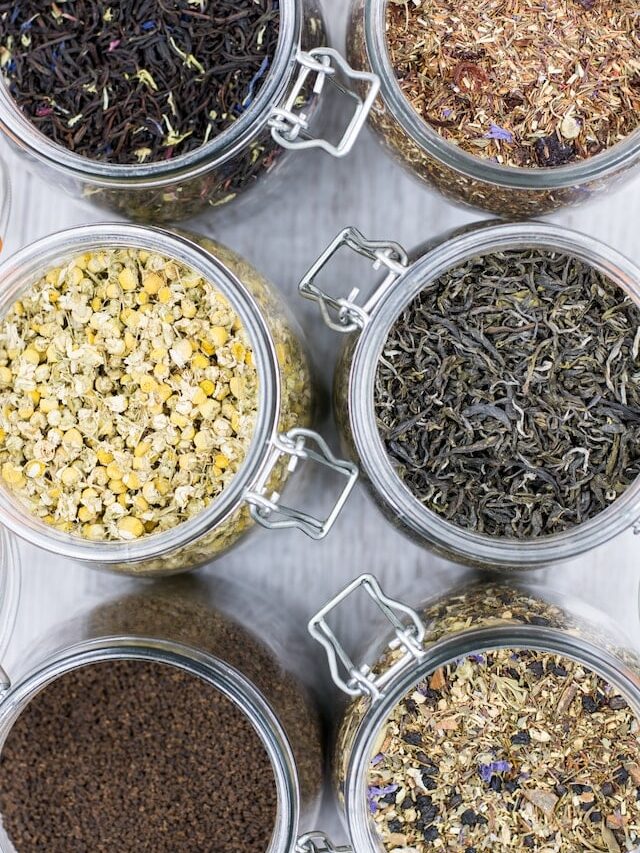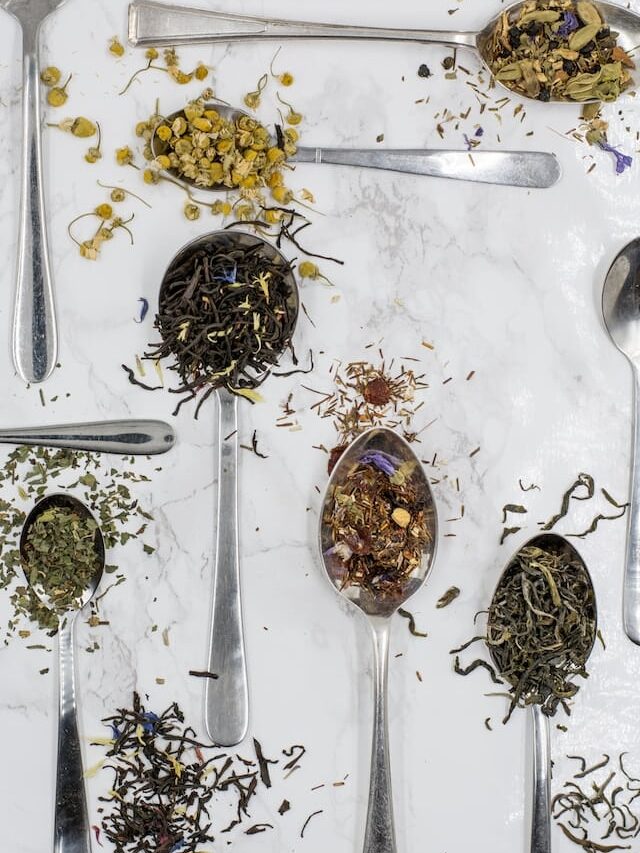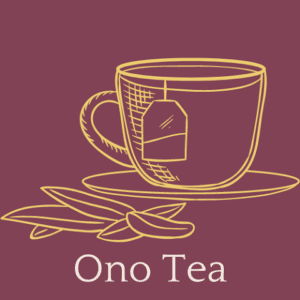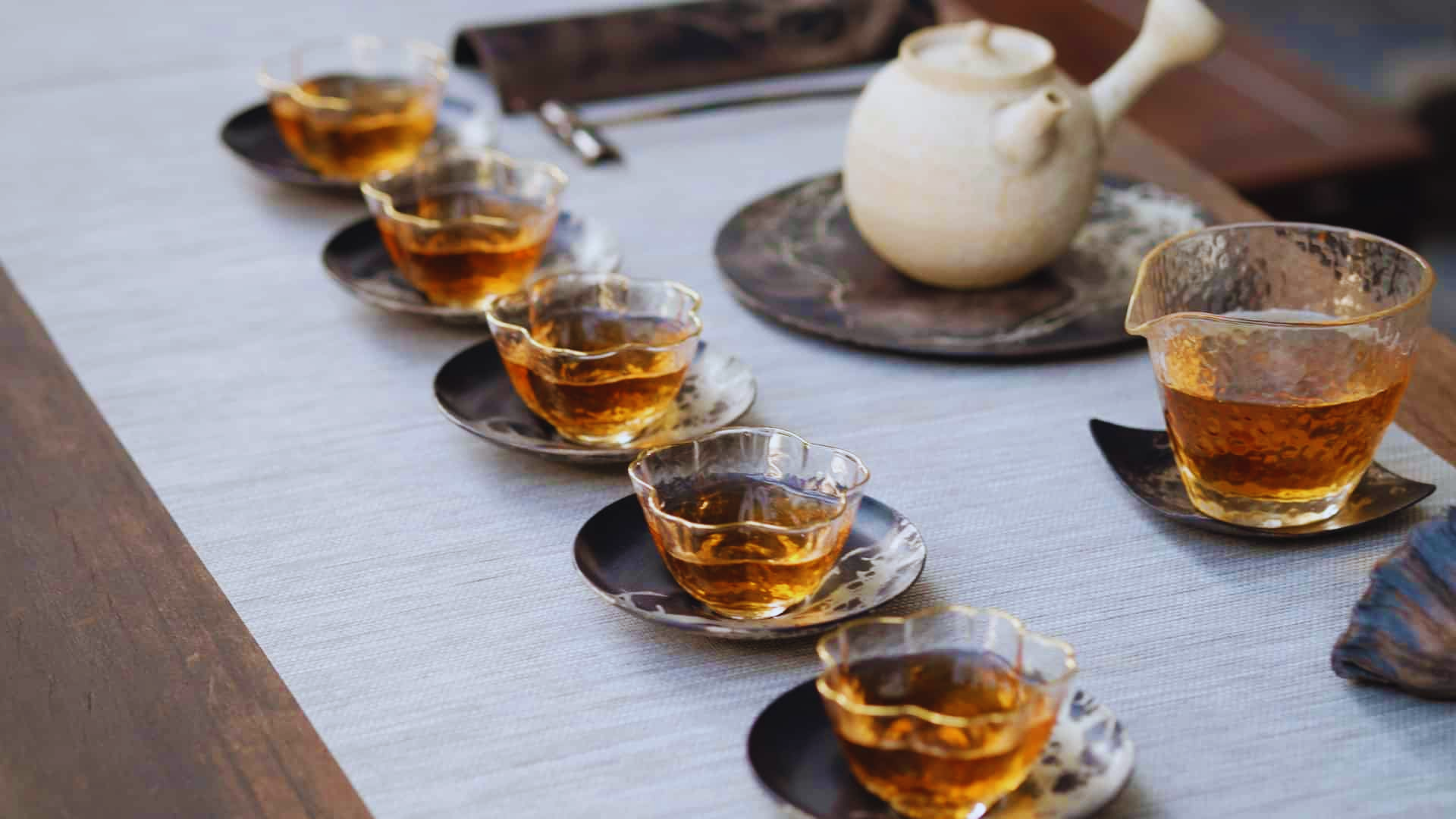Mugwort tea is a wanted commodity for its effectiveness. For tea connoisseurs, there is no better feeling than slowly sipping from a cup of properly-brewed mugwort tea. Apart from the satisfaction derived from the tea, mugwort has several health benefits.
Thus, the product is coveted by many who yearn for its physical and medicinal benefits. Although you will find several mugwort tea products on the market, some of them are not as good as you would expect. Hence, it is beneficial to always select the best mugwort tea bags if you want to enjoy their benefits.
With that said, it is challenging to find mugwort tea bags at local convenience stores. Interestingly, it is easier to find traditional herbal tea blends than mugwort tea. A popular place where mugwort tea enthusiasts buy their tea is Buddha Teas. Alternatively, you can order bleach-free tea bags from Amazon. Amazon features some mugwort teas packaged in bleach-free tea bags. You can buy mugwort tea bags from either source and prepare your tea with boiling water. They both sell certified organic mugwort tea bags.
Read on, and you will discover how to select the best mugwort tea products from various brands on the market.
Can You Smoke Mugwort Leaves?
Smoking mugwort leaves produces effects that are similar to dreaming and daydreaming. Smoking mugwort leaves is incredibly relaxing. Furthermore, if you want to have a nice relaxing sleep while having vivid dreams, you can count on mugwort tea for those effects. You can either smoke the leaves or ingest them at night for a quality night’s sleep. In addition, users of these leaves tuck them under their pillows to have imaginative dreams.

Uses of Mugwort
Although the plant isn’t a fan favorite in the US, people use it for medical purposes. Furthermore, it is an excellent ingredient in cooking. Traditional users of mugwort also leverage it to manage insomnia. The plant’s leaves are edible. However, it is best not to over consume mugwort for any reason.
Companies all over the world cultivate mugwort for various reasons. Some companies cultivate the plant for food and cosmetics. On the other hand, organic herbal companies cultivate organic mugwort to produce teas, tinctures, supplements, and even lotions. Furthermore, it serves as an excellent spice in culinary applications. Mugwort is a popular spice among Asians. Asians use mugwort to season meats, salads, rice cakes, and alcoholic drinks.
In regions like Europe and Asia, mugwort is famous for its medicinal use. People use this plant to treat diseases or health conditions like gastrointestinal and gynecological diseases. Furthermore, natives use the plant to manage pain and inflammation. One of the popular methods of using this plant in these regions is to brew it by boiling the dried leaves in hot water.
Mugwort Tea Taste
Mugwort tea possesses a characteristic bitter taste and pungent smell. Enthusiasts of this tea advise that it is best to add some honey to mugwort tea before you drink it. Honey makes the whole cup of tea palatable. It is best to stick to the manufacturer’s instructions when preparing or consuming mugwort tea.
Ensure you don’t use more than the recommended amount on your tea bag when brewing your mugwort tea. If you don’t follow the instructions, you might not enjoy mugwort tea due to its pungent smell and unpleasant flavor.
Mugwort tea doesn’t contain any caffeine. Unlike most teas like white, black, green, and yellow that contain caffeine, mugwort black tea doesn’t. Mugwort doesn’t come from naturally caffeinated plants. The lack of caffeine in mugwort tea bags makes them fan favorites of some tea enthusiasts.
Mugwort Tea: Any Side Effects?
There’s no professional recommendation for mugwort tea. However, we strongly recommend consulting your doctor or healthcare provider before consuming the tea. Note that some teas might cause adverse effects, especially if they come into contact with certain medications.
In addition, drinking mugwort tea might cause adverse allergic reactions like itchy skin, breathing difficulties, asthma, rhinitis, and anaphylactic shock. Mugwort might also cause miscarriage, vomiting, nausea, or even damage to the nervous system.
How to Identify Mugwort
Mugwort plants are easy to identify due to their wooly spikes that have subtle dark yellow coloration. Furthermore, you can recognize them by their deep-red flowers. Overall, mugwort leaves have a feathered appearance.
During the medieval ages, mugwort was a magically protective herb. Mugwort was also used to repel insects from gardens, especially moths. Furthermore, it was a potent remedy against fatigue. Travelers used it to protect themselves from evil spirits and wild animals while they traveled.
Mugwort also has a history with Roman soldiers. It was common for Roman soldiers to put mugwort in their sandals to prevent their feet from cramps and fatigue.

Mugwort History
Mugwort is one of the nine herbs recorded in the 10th century in the pagan Anglo-Saxon Nine Herbs Charm. Also, some people believe that John the Baptist wore a girdle of mugwort in the wilderness. Some people also wore a crown made from the sprays of mugwort on St. John’s Eve to gain security from spiritual possession.
Mugwort is known as St. John’s plant in Holland and Germany. The Germans believe that if you gather mugwort on St. John’s Eve, you will enjoy protection against diseases. Furthermore, you will find several references about Chinese people who used mugwort in their cuisines centuries ago.
Most people believe mugwort originated from the Greek goddess of birth, Artemis. The goddess’ name is closely related to mugwort’s use in traditional medicine. Mugwort has a long history in many cultures as a herb of healing and spiritual protection. However, the advancement in medicine has made this herb fall behind. It played an essential role in the medicinal age and paved the way for modern medicine.
Mugwort is a perennial herb that grows on almost all continents globally. The plant spread quickly through the US when colonization and trade were at their highest in human history. Due to its highly invasive nature, it didn’t take the weed much time to spread across the United States.
Mugwort is most common in the temperate northern states of the US. You can find these plants in forests, riverbanks, roadsides, and field edges. It grows quickly and spreads using seed dispersal.
Chinese Origins
It is evident because the Chinese poet Su Shi mentioned mugwort in one of his poems in the 11th century. Some writings and poems can place mugwort as far back as 3 B.C. The Chinese prepare mugwort as a cold dish. Furthermore, you can also stir-fry mugwort with smoked or fresh meat. In addition, the Taiwanese use mugwort to prepare doughy, sweet dumplings.
Mugwort is deeply rooted in traditional Chinese medicine. Traditionalists burn mugwort on a patient’s body for therapeutic purposes. Furthermore, there is a belief that burning mugwort at specific points on the body of pregnant women causes better positioning of fetuses.
Japanese Origins
Japanese culture also bears a strong link with the use of mugwort. You will find that mugwort is a main ingredient in Japanese dishes. Thus, ingredients like yōkan, kusa mochi, and hishi mochi contain the plant. Here, the importance of mugwort grows with the instance of it serving as a symbol of good luck.
Of note, the Japanese use kusa mochi (mugwort rice cakes) to make daifuku sweets. Unsurprisingly, daifuku translates to “great luck.” Also, kusa mochi (or yomogi mochi, as some call it) forms an ancient culture in some parts of Japan. In that case, locals wrap mugwort with iris leaves and hang it outside their homes to ward off evil spirits. Finally, the Japanese extracted mugwort juice to stop bleeding, treat fevers, and purge stomach impurities. They also boil and ingest the mugwort extract to treat colds and coughs.
Korean Origins
Next, we look at Korea as another region with a rich culture of using mugwort. There, natives of both North and South Korea use mugwort in salads and soups. Examples are ssuk-guk and sasuke-omul. Also, some pancakes and rice cakes have mugwort as an ingredient, as do spices, and the region is home to mugwort tea too.
Interestingly, Korean natives refer to mugwort as a “blood cleanser.” The name seems to be based on reports that natives of the Joseon Dynasty used mugwort water to clean themselves and rinse their mouths. However, we see that mugwort has varying uses based on the region. So, mugwort is a blood thinner (anticoagulant) in some parts of Korea. But others use it as a hallucinogen.
Regardless, moxibustion represents the most common medicinal use of mugwort in Korea. We can describe moxibustion as a traditional Korean practice that bears a resemblance to acupuncture. It involves using needles and burning mugwort on the pressure points of the person getting treatment.
Other Countries
Mugwort has a deep history in many countries. In Germany, mugwort works primarily to cure off season geese, especially roasted geese. This tradition is most common during Christmas. In India, herbalists use the plant for cardiac complaints like uneasiness and general body pains.
Although medicine has moved past this historic herb, many modern herbalists still use mugwort. They particularly harness the benefits of mugwort by using it dried or fresh. In addition, most modern scientists admire the herb for its healing abilities.
Mugwort’s ability to ease anxiety and depression attracts modern-day users to it. Furthermore, you can use mugwort to create a healing foot bath to rest aching feet. Although mugwort is most popular among traditionalists, organic mugwort attracts modern-day scientists and health professionals.
Conclusion
You can find mugwort tea at Buddha Teas, Mugwort Tea, or Amazon. These brands sell USDA organic mugwort tea bags. Additionally, the brands sell CCOF organic mugwort with ingredients from verifiable sources. If you want to enjoy and brew your tea bag without worrying about any consequences, visit Amazon or any other reputable brand to purchase your tea.

